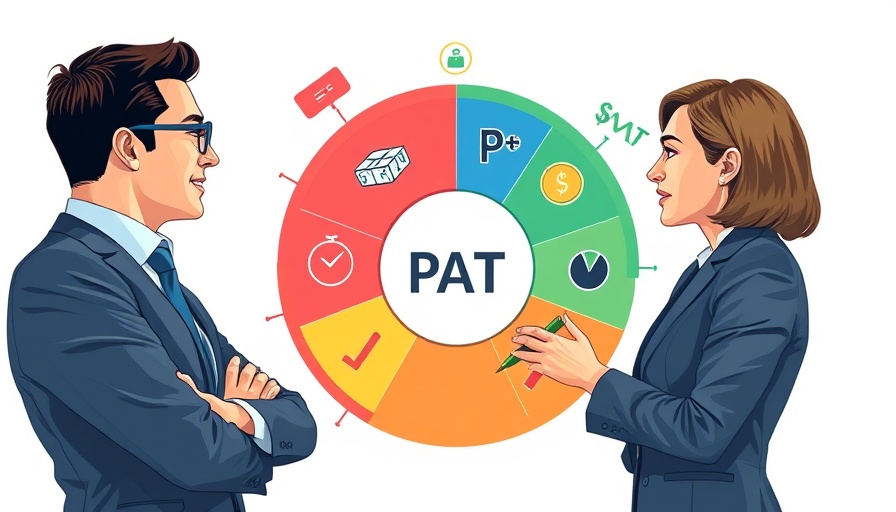
Your Business Profits: Understanding the One Big Beautiful Bill
The passage of the One Big Beautiful Bill Act of 2025 (OBBBA) on July 4, 2025, marks a significant turning point for small business taxation in the United States. This act is especially crucial for small business owners, as many will need to navigate these changes to understand how their taxes will be impacted now and in the future.
Staying the Course: Tax Rates and Their Implications
One of the most notable aspects of the OBBBA is its retention of the current individual tax rates introduced by the 2017 tax law, which range from 10% to 37%. For small business owners structured as pass-through entities, these rates directly affect their personal tax responsibilities. Thanks to this legislation, business owners can breathe a little easier knowing their tax rates won’t see an increase in 2026, as previously anticipated.
Qualified Business Income (QBI) Deduction: A Safety Net for Owners
The qualified business income (QBI) deduction—previously on the chopping block—is now a permanent fixture for small business owners. This provision allows owners to deduct a generous 20% of their business income, significantly reducing their overall tax burden. For those hitting the top bracket of 37%, this adjustment brings their effective tax rate down to about 29.6%. Plus, with new expanded thresholds, a larger pool of small business owners can now qualify, therefore easing some financial strains amidst an ever-fluctuating economic landscape.
Breaking Down the Exclusion for Qualified Small Business Stock (QSBS)
One of the exciting elements of the new tax law concerns the treatment of stock sales for certain C corporations. Small business owners involved in manufacturing, retail, or tech can benefit from favorable gains exclusions on QSBS. Depending on how long the stock was held, owners can now enjoy up to a 100% exclusion on profits—encouraging long-term investment. Additionally, the exclusion limit is increasing from $10 million to $15 million for stock issued post-July 4, 2025, providing substantial relief for business owners looking to cash in.
State and Local Tax Deductions: A Fresh Perspective
The state and local tax (SALT) cap is also undergoing modifications. Previously restricted to a $10,000 deduction limit, this cap, applicable to various state and local taxations, has prompted many small businesses to strategize differently when planning their tax filings.
These changes indicate a swing towards bolstering small business stability and encouraging growth, but their effectiveness will largely depend on the individual circumstances of business owners. As we head into 2026 and beyond, it will be critical for owners to reassess their business structures and financial strategies in light of these new provisions.
What Comes Next: Preparing for the Future
As tax laws evolve, business owners need to stay informed and agile in their financial planning. The OBBBA presents both opportunities and challenges, and by understanding the nuances of taxation, owners can better position their businesses for long-term success. Whether you’re an entrepreneur launching a startup or a seasoned owner running an established company, adapting to legislative changes with informed strategy can determine the viability and growth of your business.
In conclusion, navigating these recent tax changes under the OBBBA is crucial for every small business owner. Those who take proactive steps to understand and employ these provisions could find significant financial advantages that contribute to the sustainability and growth of their operations. Remember, your tax approach needs to be flexible and resilient, reflecting both current situations and future trends to maximize profitability and success.
For business owners looking to leverage these insights effectively, it’s the ideal time to consult with a tax professional to tailor a strategy that aligns with the new provisions and prepares for what lies ahead.
 Add Row
Add Row  Add
Add 




Write A Comment